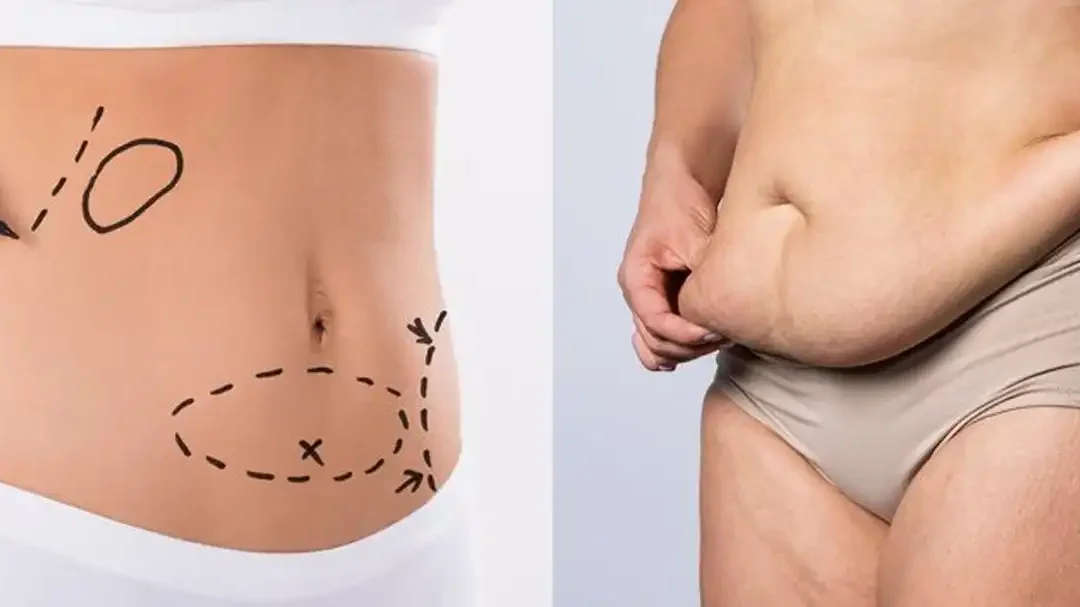Liposuction or Lipoplasty, sometimes known as “lipo,” is among the top five most popular plastic operations worldwide. It can be performed practically anywhere on the body, such as the hips, buttocks, thighs, stomach, arms, neck, and back. In this article, we explore why liposuction is an option, the costs, the eligibility of patients, where the treatment is available in Mauritius, and other frequently asked questions.
Why is liposuction done?
When it comes to removing stubborn fat deposits that are resistant to diet and exercise, liposuction is often the procedure of choice. This is not a weight loss option; rather, it is a body contouring surgery that can assist in achieving a more contoured appearance. The treatment can be broken down into a wide variety of forms, each of which comes with its own individual set of benefits and drawbacks. In the course of the procedure, a little tube that is referred to as a “cannula” is used to both loosen and suction the fat. The abdominal region, the thighs, the arms, and the chin are among the parts of the body that are suitable candidates for this operation.
How do you prepare for your liposuction treatment?
Ask your surgeon at the Centre of Chirurgie Esthétique de l’Océan Indien what you should anticipate from the surgery before it happens. Your surgeon will look over your past medical records and inquire about any current illnesses you might have. Notify our surgeon of any medications, vitamins, or herbal remedies you use.
A week or more before surgery, your surgeon will advise you to stop taking specific medications, such as blood thinners or nonsteroidal anti-inflammatory drugs (NSAIDs). As a pre-procedure, you might also need to have specific lab testing.
It is recommended to arrange for someone to drive you home and spend the first night following the operation with you.
How is the liposuction procedure carried out?
Though operations involving the lower body may be done under an epidural anaesthetic, liposuction is usually done under general anaesthesia. Our surgeon initially marks on your body the places where fat will be removed during the operation. They next break apart the fat cells with methods like high-frequency vibrations, a mild laser pulse, or a high-pressure water jet. Later, to loosen and remove the fat, a tiny incision is made, and a suction tube connected to a vacuum machine is introduced. Larger areas could need several incisions. Once the fat is suctioned out, any excess fluid and blood are drained, and the treated area is stitched up and bandaged. In general, it takes one to three hours to complete, so most patients need to spend the night in the hospital for observation and recuperation.
What happens after the liposuction treatment?

You’ll be given compression bandages or an elasticated support corset following liposuction. Wearing it continuously for several weeks following the surgery helps decrease swelling and bruises. To lower your chances of infection, you might need to start taking antibiotics immediately after the surgery. Most people also take mild painkillers to reduce pain and swelling.
The fat removed from the body during liposuction isn’t just discarded; it can be repurposed for rejuvenative treatments such as facial lipofilling or body lipofilling. This process involves purifying the extracted fat and then carefully injecting it into areas that may benefit from increased volume or enhanced contours. In facial lipofilling, the fat can help to smooth out wrinkles, restore volume to cheeks and lips, and provide a more youthful appearance. For body lipofilling, it can be used to enhance or reshape areas like the buttocks or breasts, offering a natural alternative to synthetic implants. This recycling of one’s own tissue is not only efficient but also reduces the risk of allergic reactions, making it a popular choice in cosmetic procedures.
Advanced Liposculpture offers a refined alternative to traditional liposuction, targeting localised fat deposits that persist despite diet and exercise. This technique leverages cutting-edge innovations such as the hydro jet, which uses a high-pressure water stream to gently separate fat from surrounding tissues, minimising trauma and enhancing recovery. Combined with a deepened understanding of skin and tissue dynamics, Advanced Liposculpture allows for a more precise and harmonious fat removal process. The result is a smoother, more contoured appearance that aligns seamlessly with the body’s natural lines, making it an ideal choice for those seeking subtle, yet impactful, body reshaping.
Where can you get it done in Mauritius?
The Centre de Chirurgie d’Esthétique de l’Ocean Indien is a reputable clinic in Mauritius that offers liposuction surgery. They have experienced surgeons who can provide the procedure safely and effectively. It is important to research and choose a trusted facility with a good track record for this type of surgery. The team of experts at the centre is highly trained and dedicated to ensuring the best possible outcome for their patients.

